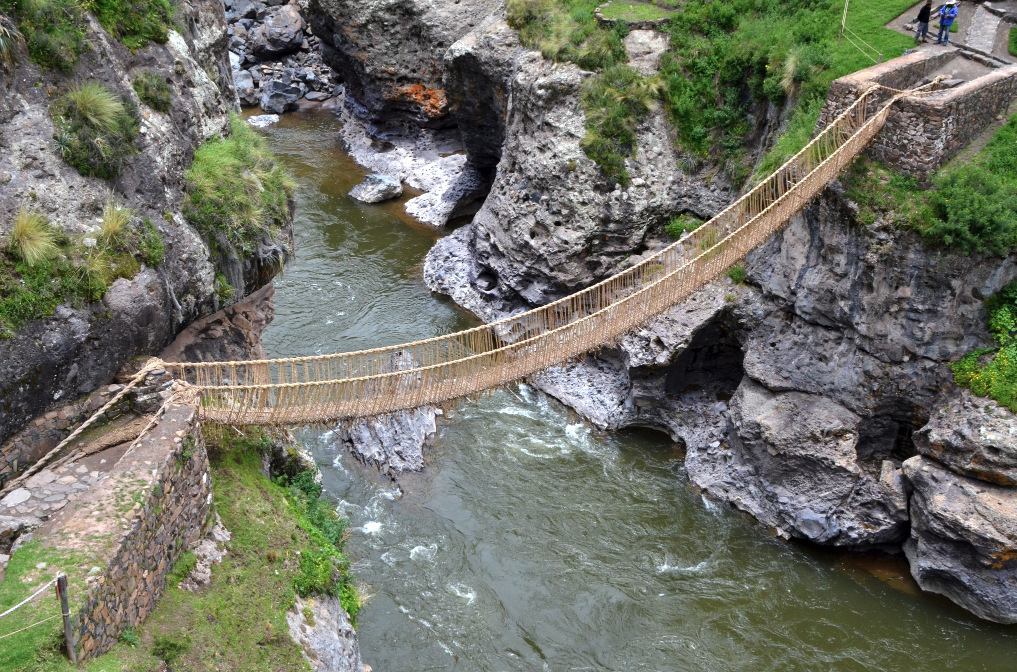A Military Powerhouse
The Assyrian Empire, at its height from the 9th to 7th centuries BCE, was one of the most formidable empires of the ancient Near East. Renowned for its disciplined army and innovative tactics, it controlled vast territories through both conquest and administration.
Military Innovations
Assyrian forces used iron weapons, chariots, cavalry, and siege techniques that gave them a strategic advantage. Their ability to organize large-scale campaigns and supply troops across long distances allowed them to expand rapidly and maintain control over conquered regions.
Administration and Governance
Beyond military might, the Assyrians developed sophisticated administrative systems. Provincial governors, tax collection, and communication networks ensured effective management of their empire. They also used propaganda, art, and monumental architecture to reinforce authority and unify diverse populations.
Cultural and Historical Influence
The Assyrian Empire shaped the political and cultural landscape of the ancient Near East. Its innovations in warfare, governance, and infrastructure influenced later civilizations, including the Babylonians, Persians, and beyond. The empire’s legacy endures in archaeology, historical records, and studies of early imperial systems.







